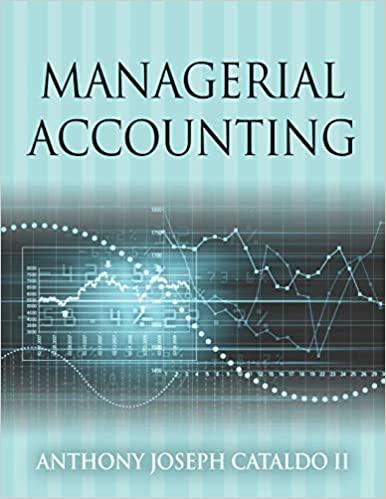
QUESTION 3 a) Reuters Business News reported about WeWork as below on 13th September 2019: "We Work owner The We Company which is based in the US may seek a valuation in its upcoming initial public offering of between USD 10 billion and USD 12 billion, a dramatic discount to the USD 47 billion valuations it achieved in January 2019. It would mean that the We Company would be valued at less than the USD 12.8 billion in equity it has raised since it was founded in 2010, according to data provider Crunchbase. And it would be a blow to its biggest investor, Japan's SoftBank Group Corp". The above statement reaffirmed by French and Gabrielli (2004): "valuation is often said to be an art, not a science. Valuation is the process of estimating price in the market place. Yet, such estimation will be affected by uncertainties." Continued... TBH 6/10 Required: i) Discuss the importance of company valuation. Explain how it adds value to shareholders. (5 marks) ii) Discuss the strengths and weaknesses of the free cash flow valuation model in comparison to book value and liquidation value models. (5 marks) b) You are given the following information for Axiata Company. As of year 1, the company's book value is RM50,000 and its cost of capital is 15%. Year 1 Year 2 Year 3 Year 4 Year 5 RM RM RM RM RM Sales 122,000 114000 105,000 96,000 82,855 Operating Expenses 100,000 90,000 80,000 70,000 57,145 Depreciation 10,000 11,300 12,770 14,430 14,430 Net income 12,000 12,700 12,230 11,570 11,280 Dividends 6,000 6000 5,600 5.700 5,100 Expected book value 50.000 ROCE 0.2400 Dividends for year 6 and beyond are expected to remain at year 5 level. i) Compute Company's abnormal earnings for year 1 to year 5 (5 marks) ii) Use an accounting-based valuation model to estimate the value of Company's equity on January 1st of year 1, year 2, year 3, year 4 and year 5 (5 marks) c) Use the Price-to-Earnings (PE) ratio formula to determine the Price-to-Earnings (PE) ratio on January 1st of year 2, year3, year 4 and year 5 (5 marks) QUESTION 3 a) Reuters Business News reported about WeWork as below on 13th September 2019: "We Work owner The We Company which is based in the US may seek a valuation in its upcoming initial public offering of between USD 10 billion and USD 12 billion, a dramatic discount to the USD 47 billion valuations it achieved in January 2019. It would mean that the We Company would be valued at less than the USD 12.8 billion in equity it has raised since it was founded in 2010, according to data provider Crunchbase. And it would be a blow to its biggest investor, Japan's SoftBank Group Corp". The above statement reaffirmed by French and Gabrielli (2004): "valuation is often said to be an art, not a science. Valuation is the process of estimating price in the market place. Yet, such estimation will be affected by uncertainties." Continued... TBH 6/10 Required: i) Discuss the importance of company valuation. Explain how it adds value to shareholders. (5 marks) ii) Discuss the strengths and weaknesses of the free cash flow valuation model in comparison to book value and liquidation value models. (5 marks) b) You are given the following information for Axiata Company. As of year 1, the company's book value is RM50,000 and its cost of capital is 15%. Year 1 Year 2 Year 3 Year 4 Year 5 RM RM RM RM RM Sales 122,000 114000 105,000 96,000 82,855 Operating Expenses 100,000 90,000 80,000 70,000 57,145 Depreciation 10,000 11,300 12,770 14,430 14,430 Net income 12,000 12,700 12,230 11,570 11,280 Dividends 6,000 6000 5,600 5.700 5,100 Expected book value 50.000 ROCE 0.2400 Dividends for year 6 and beyond are expected to remain at year 5 level. i) Compute Company's abnormal earnings for year 1 to year 5 (5 marks) ii) Use an accounting-based valuation model to estimate the value of Company's equity on January 1st of year 1, year 2, year 3, year 4 and year 5 (5 marks) c) Use the Price-to-Earnings (PE) ratio formula to determine the Price-to-Earnings (PE) ratio on January 1st of year 2, year3, year 4 and year 5







